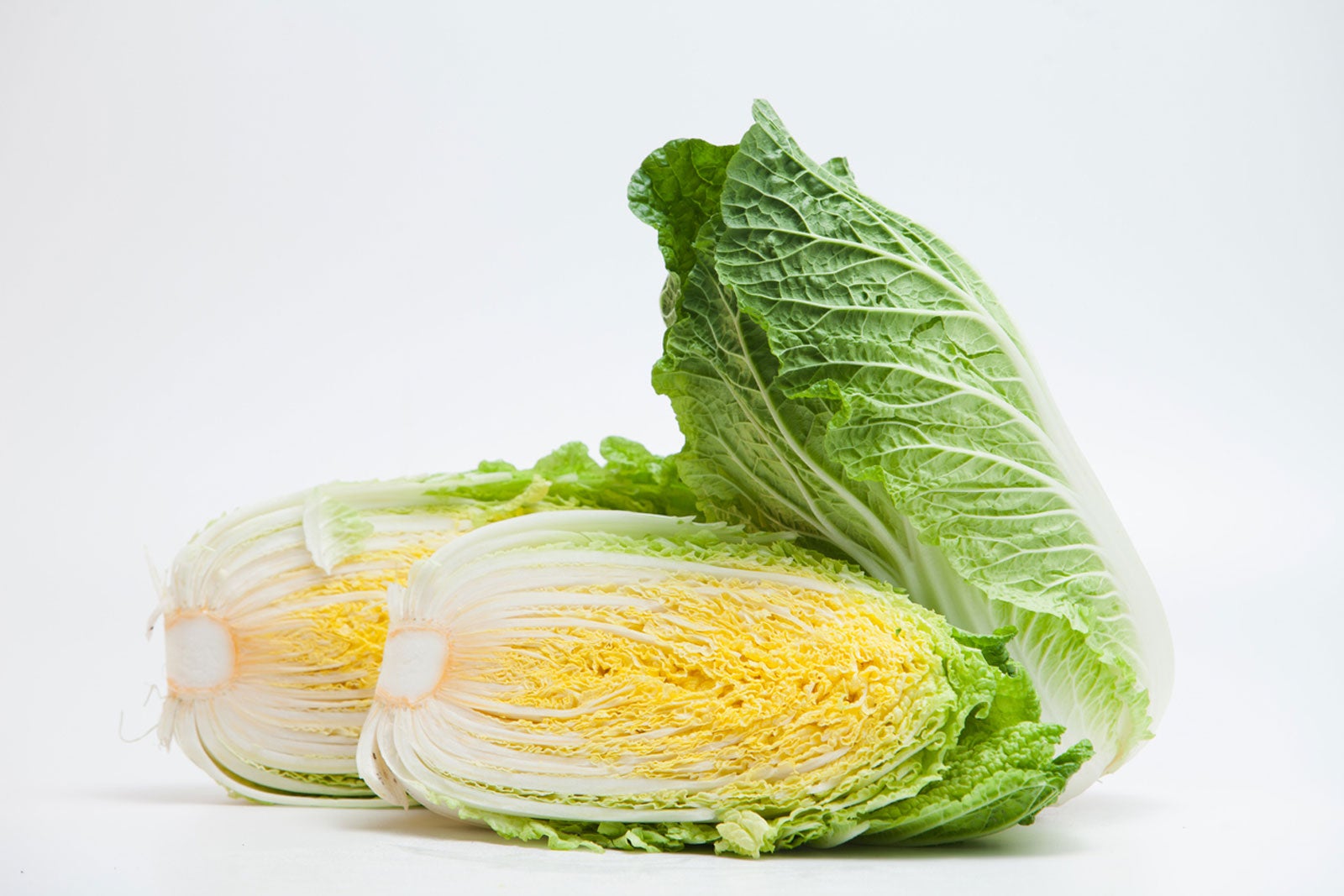Bilko Chinese Cabbage: Tips For Growing Bilko Cabbages


Napa cabbage is the best-known variety of the Chinese cabbages with large, full-size heads and good disease resistance. The oblong heads have pale green, crinkly leaves on the outside with creamy yellow inside. The Bilko cabbage variety is a good type of Napa to grow.
Bilko Napa Cabbage Plants
Napa cabbage, with its sweet, mild flavor, can be eaten raw or cooked. Chinese cabbage is good for slaws, braising, stir frying, soups, and pickling. The nutritious veggie is high in vitamin K, potassium, calcium, and antioxidants. Uncooked cabbage promotes intestinal health with an important amino acid as well as adds roughage to your diet.
The Bilko Napa cabbage variety boasts 12 inch (31 cm.) heads and disease resistance to clubroot and fusarium yellows. It is a slow bolting variety recommended for home gardens.
Tips for Growing Bilko Cabbages
The Bilko cabbage variety can be grown in spring or fall in cool or cold conditions with a minimum temperature of 40 degrees F. (4 C.). It can be started indoors or outdoors. In the spring, start seeds four to six weeks before the last frost. In the fall, start seeds 10 to 12 weeks before the first frost. Bilko cabbage plants tolerate a light frost.
Expect 65 to 70 days to maturity in spring and summer, and 70 to 85 days to mature in fall and winter.
Bilko cabbage plants are heavy feeders, so plenty of compost should be worked into the planting bed. Provide full sun, at least six hours a day, and moderate water.
Bilko Chinese cabbage is ready to harvest when heads are firm. Harvest promptly to avoid bolting. Bilko cabbage can last several weeks in the refrigerator if trimmed and wrapped in paper bags. Cabbage can keep for an extended period in a cool basement or cellar.
Sign up for the Gardening Know How newsletter today and receive a free copy of our e-book "How to Grow Delicious Tomatoes".
Pests and Diseases
Prevent attacks by caterpillars, flea beetles, and cabbage root maggots by covering plants with floating row covers. Cabbage loopers, armyworms, and velvety green cabbageworms can be removed by hand or, if squeamish, spray or dust plants with a biological pesticide containing Bt (Bacillus thuringiensis).
Control slugs and snails by using sand, diatomaceous earth, eggshells, or copper wire around plants.
Crop rotation and good sanitation will help prevent disease.

After graduating from Oklahoma State University with a degree in English, Susan pursued a career in communications. In addition, she wrote garden articles for magazines and authored a newspaper gardening column for many years. She contributed South-Central regional gardening columns for four years to Lowes.com. While living in Oklahoma, she served as a master gardener for 17 years.